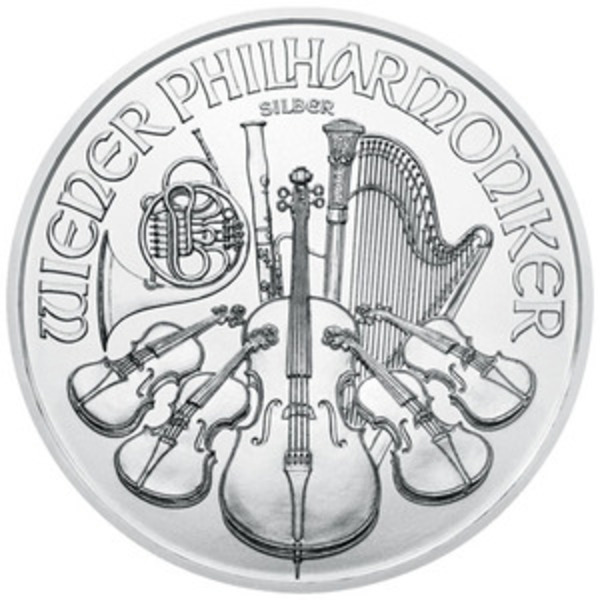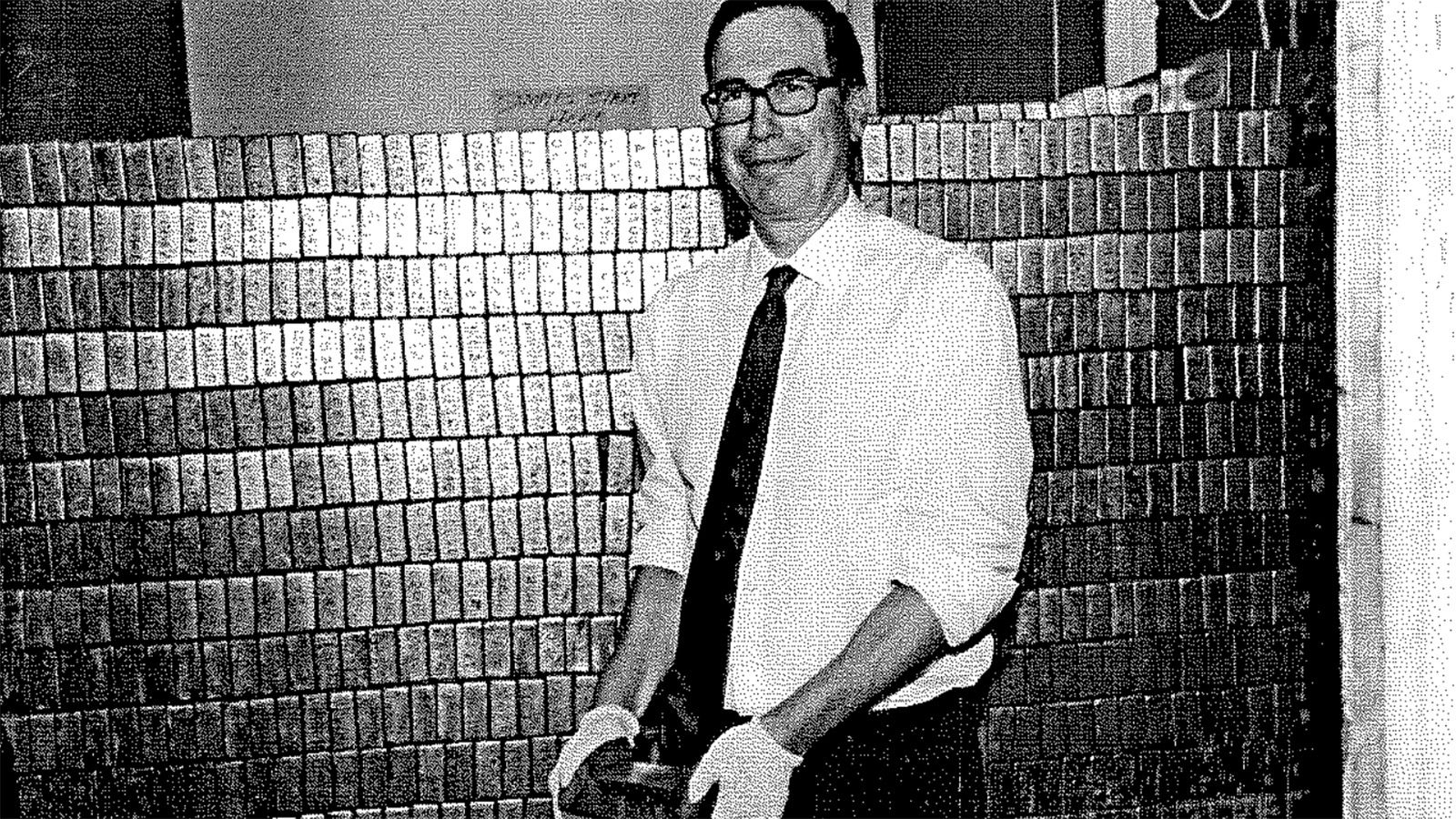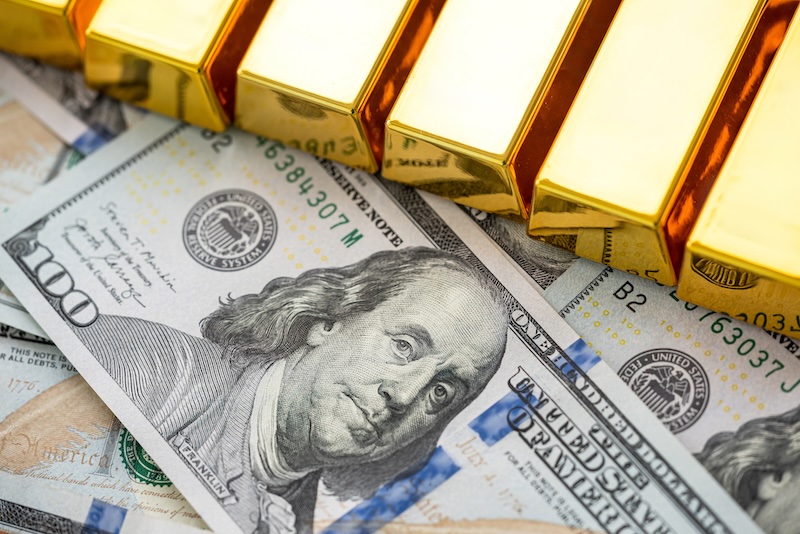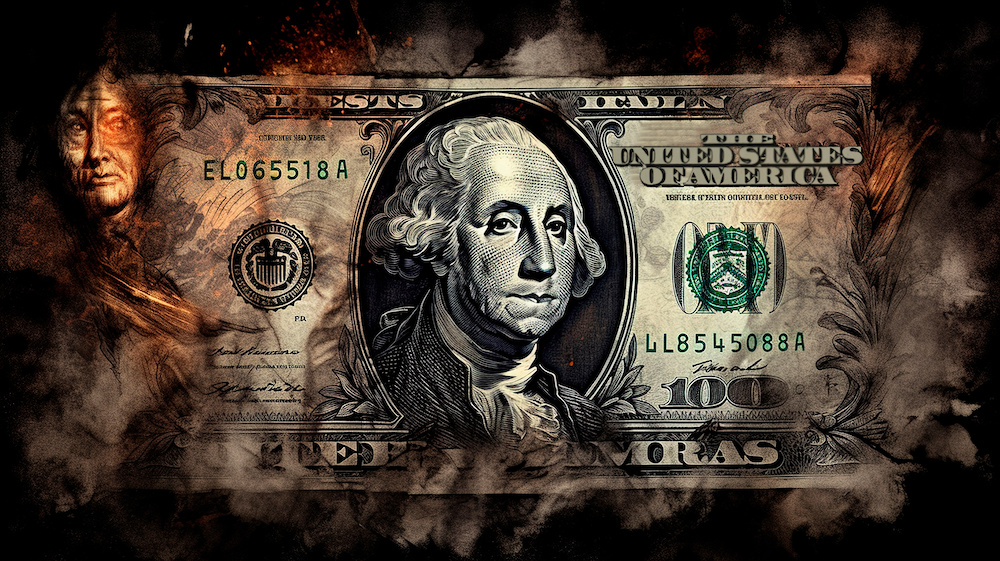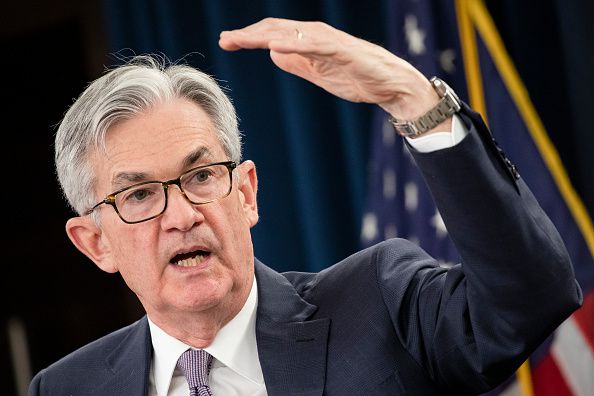BRICS is loose term created by Goldman Sachs to represent the world’s five leading emerging economies. The original list included four: Brazil, Russia, India and China. South Africa was added to the list in 2010.
Combined, the BRICS nations represent 3.21 billion people, roughly 41.5% of the global population.
Over the last year more stories have emerged in the news about the desire for BRICS nations to seek an alternate currency to the US dollar for their international trade. Often referred to as de-dollarization. The removal of the dollar as the reserve currency used in international trade.
Russia has already established the Moscow World Standard to compete with the LBMA and other legacy markets.
In response to economic sanctions following the invasion of Ukraine, Russia’s gas agency began demanding payments for oil and natural gas in Rubles.
Russia’s Central Bank began exchanging gold for Rubles and many countries are now trading oil on a new gold-standard.
The PBoC, the central bank of China continues adding gold bullion to its reserves and holdings.
Worldwide central Bank gold holdings have now reached their highest point since the 1970s.
The 1970s was a time of global economic crisis. Following the oil crisis of 1973, Nixon led the collapse of the Bretton Woods system as part of his measures to fix the stagnant economy.
Nixon resigned in August of 1974 following the Watergate Scandal. Days later, President Ford signed legislation which repealed Roosevelt’s executive order restricting private gold ownership.
This global appetite for gold has the potential to give emerging nations an advantage over the value of their assets and international trading dynamics.
Many emerging nations are rich in oil, minerals and mining. Some of which are necessary components in the development of batteries, solar panels and other advanced manufacturing.
Private ownership of precious metals now continues to grow every year. During the pandemic, from 2020 until 2022, investors bought more than 75 million troy ounces of American Silver Eagles.
The US Mint has been unable to keep up with investor demand which has caused premiums to rise.
Over the same period gold investors bought more than 5 million troy ounces of Gold Eagle and Gold Buffalo coins.
Government silver coins from Canada, United Kingdom, Austria have become popular alternatives for investors looking for lower premiums.
